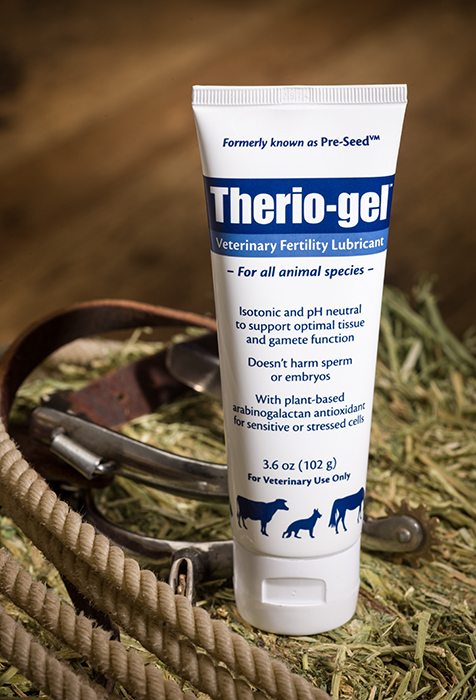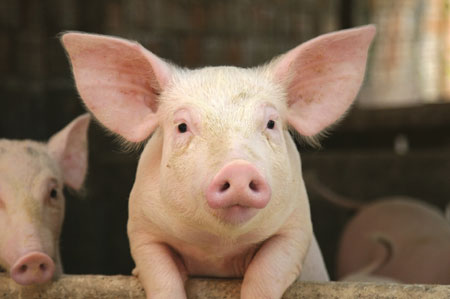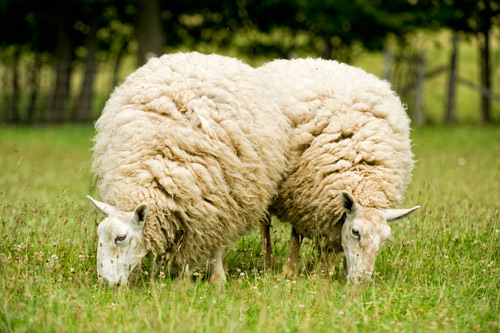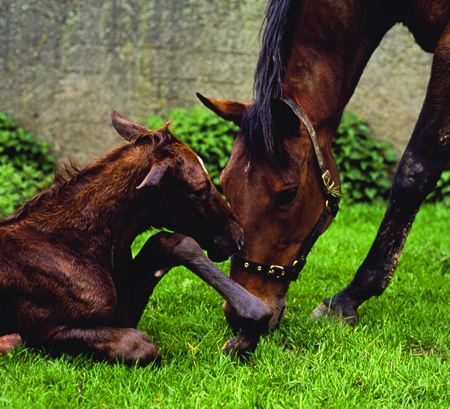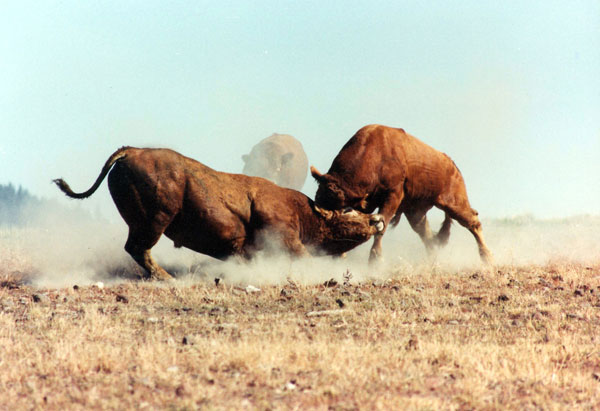Identifying Other Veterinary Lubricants to Avoid
Here are some guidelines to help identify other lubricants you may wish to avoid in your practice or farm.
-
Lubricants labeled as sterile, but you don't throw them out after a one-time, single use.
Watch for labeling stating "sterility not guaranteed after tube is opened." No matter the wording on the tube, once this product is opened it is no longer sterile. If it doesn't contain a safe preservative, pathogenic bacteria can grow in the lubricant (e.g. pseudomonas). - Lubricants containing glycerol or propylene glycol. These molecules are used for freezing sperm because they readily penetrate across membranes into the sperm. However, movement of these chemicals into the sperm can change the cell’s critical volume and may impact organelle function (such as mitochondrial function). These chemicals are inexpensive, but bovine IVF studies suggest they can cause sublethal damage to sperm which may impact embryo development.
- Lubricants containing harsh preservatives. Sperm look a lot like bacteria. The Therio-gel formula has been tested over 10 years to identify a level of preservative which protects against bacterial contamination of the lubricant, but one that doesn’t harm sperm and embryo development.
- Lubricants lacking a phosphate buffer. Other lubricants may only contain sodium bicarbonate as a pH buffer. The pH window for optimal sperm function is narrow in some species. During exposure to air, lubricants without a phosphate buffer may allow changes in pH that damage sperm.
- Lubricants lacking published data to show safety on tissues and embryo development.

